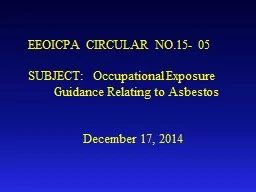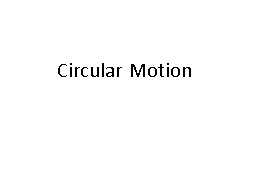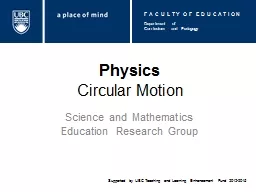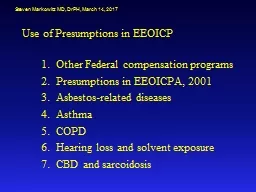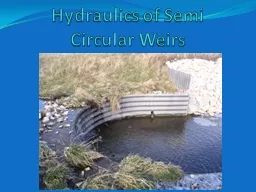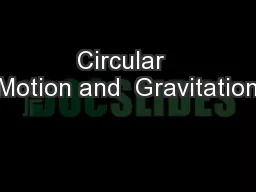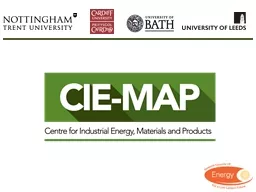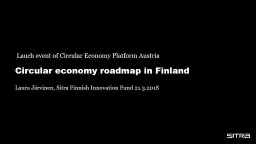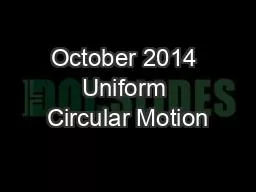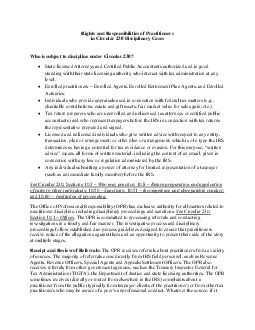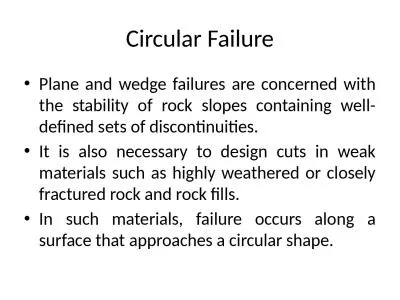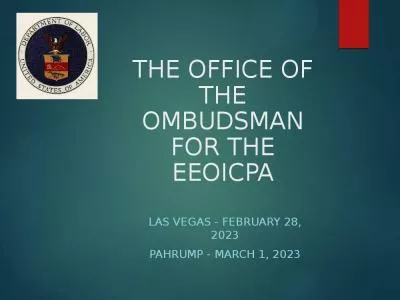PPT-EEOICPA CIRCULAR
Author : luanne-stotts | Published Date : 2018-11-07
NO15 05 SUBJECT Occupational Exposure Guidance Relating to Asbestos December 17 2014 Asbestosrelated diseases ARD
Presentation Embed Code
Download Presentation
Download Presentation The PPT/PDF document "EEOICPA CIRCULAR" is the property of its rightful owner. Permission is granted to download and print the materials on this website for personal, non-commercial use only, and to display it on your personal computer provided you do not modify the materials and that you retain all copyright notices contained in the materials. By downloading content from our website, you accept the terms of this agreement.
EEOICPA CIRCULAR: Transcript
Download Rules Of Document
"EEOICPA CIRCULAR"The content belongs to its owner. You may download and print it for personal use, without modification, and keep all copyright notices. By downloading, you agree to these terms.
Related Documents

